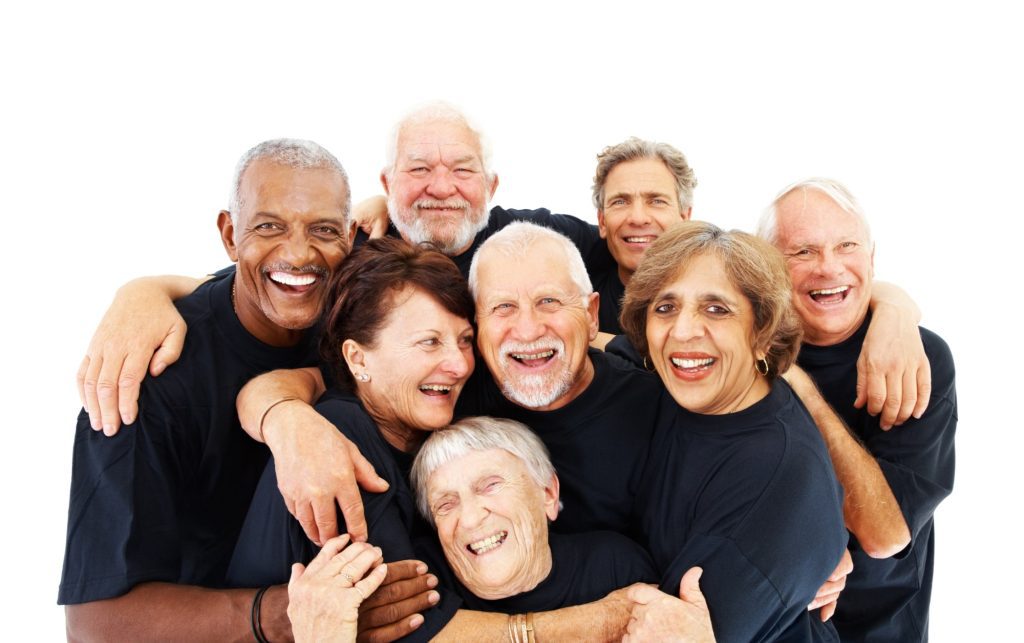Aging is widely discussed and relevant to almost every part of life. In the mid-1970s when I started in the field, aging wasn't as relevant.
When I was new, I wanted to know what was considered important by tracking age-related news in print media. I cut out articles from newspapers and periodicals, pasted them on a sheet of paper, noted the source and date, and put the paper in a three-ring binder. This was a way to stay informed about what was happening. As time went on, I filled three to four binders a year. Now, age-related stories are in both print and digital news every day, covering public policy, health, nutrition, and more.
In the beginning, I only filled one binder. But as time passed, I filled three to four binders a year. Then the internet came along, and now there are age-related stories in print and digital news every day, covering various topics.As more people live longer, there is an explosion of age-related information that will continue to grow.
With more people living longer and having greater needs and opportunities, there will be even more age-related information.
Here are 5 areas of aging that are filling print and digital media, podcasts, webinars, and reports, grabbing our attention. This is just one person’s perspective and not based on formal analytics.
Products: Let’s focus on a few assistive technology products that help older adults age in their own residence as safely and independently as possible. Examples include smart stoves, smart pill organizers, and activity-based sensors.CarroselfElliegridSensors).
Management practices: There are now five generations in the workforce, which is a first in modern history. According to Forbes magazine, a multigenerational workforce is a competitive advantage as it increases productivity and provides learning/mentoring opportunities. Multigenerational workforce increases productivity, supports innovation, and drives creative solutions. It provides learning/mentoring opportunities, enhances knowledge transfer and retention, and contributes to job satisfaction, according to the Academy to Innovate HR.
Appearances: More older public figures are proud of their natural appearances, refusing to have cosmetic surgery. Sigourney Weaver said in an interview last year that she feels it's best to grow old gracefully, just like her mother did. Sigourney Weaver said in an interview last year with El País.Many older people consider retaining their natural gray hair as a sign of aging gracefully.
Retirement planning: This popular subject can be scary. AARP reports that nearly half of those age 55 and older have no retirement savings. Nearly half of American households have no retirement savings in retirement accounts.n 10 employees are expected to not have enough for their retirement.
Where to live: There are currently more than 30,000 assisted living communities in the U.S. The demand will keep increasing as 70 percent of older adults are estimated to require some form of care in their lifetime. That care comes with an average cost of just over $57,000 annually in 2023. https://www.seniorliving.org/companies/statistics/ This industry generates just over $94 billion in revenue.
Additionally, the magazine published by AARP (formerly known as “Modern Maturity”) reaches just over 38 million readers, making it the magazine with the highest circulation in the U.S.
The wide field of aging continues to attract entrepreneurs, students, businesspeople, policymakers, researchers, scientists and more. As the population ages, the stakeholders will only continue to grow with most seeking ways to age well with a sense of stability, health and possibilities.
Stay healthy everyone and remember every act of kindness is important.
Helen Dennis is a nationally recognized leader on issues of aging and the new retirement with academic, corporate and nonprofit experience. Contact Helen with your questions and comments at [email protected]. Visit Helen at HelenMdennis.com and follow her on facebook.com/SuccessfulAgingCommunity









